You may already be familiar with Laurels as a seasoning staple in your kitchen rack. For homeowners and gardeners, Laurels is a top choice as a driveway border or hedge. This is due to its attractive appearance and luscious foliage. For your plant to thrive, the needed growing conditions should be met, and you might wonder if Laurel needs sun. Well, we have already done the research for you.
Laurel is a variant of evergreen native to the Mediterranean. Sun exposure varies depending on the species, but Laurels generally grow well under the light.
- Bay Leaf and Common Laurel- thrive in high sun exposure.
- Cherry and True Laurel- can survive under full sun or in a partially shaded area.
- Mountain and Skip Laurel- prefers shade or mountainous locations.
- Indoor Potted Plant- regardless of the species, requires plenty of sun.
Despite its love for light, it still needs shade, especially during hot summer.
Since you're curious whether Laurel needs sun, the chances are you are either growing one or planning to plant one. Keep reading this article as we further explain the answer above and learn more about this topic.
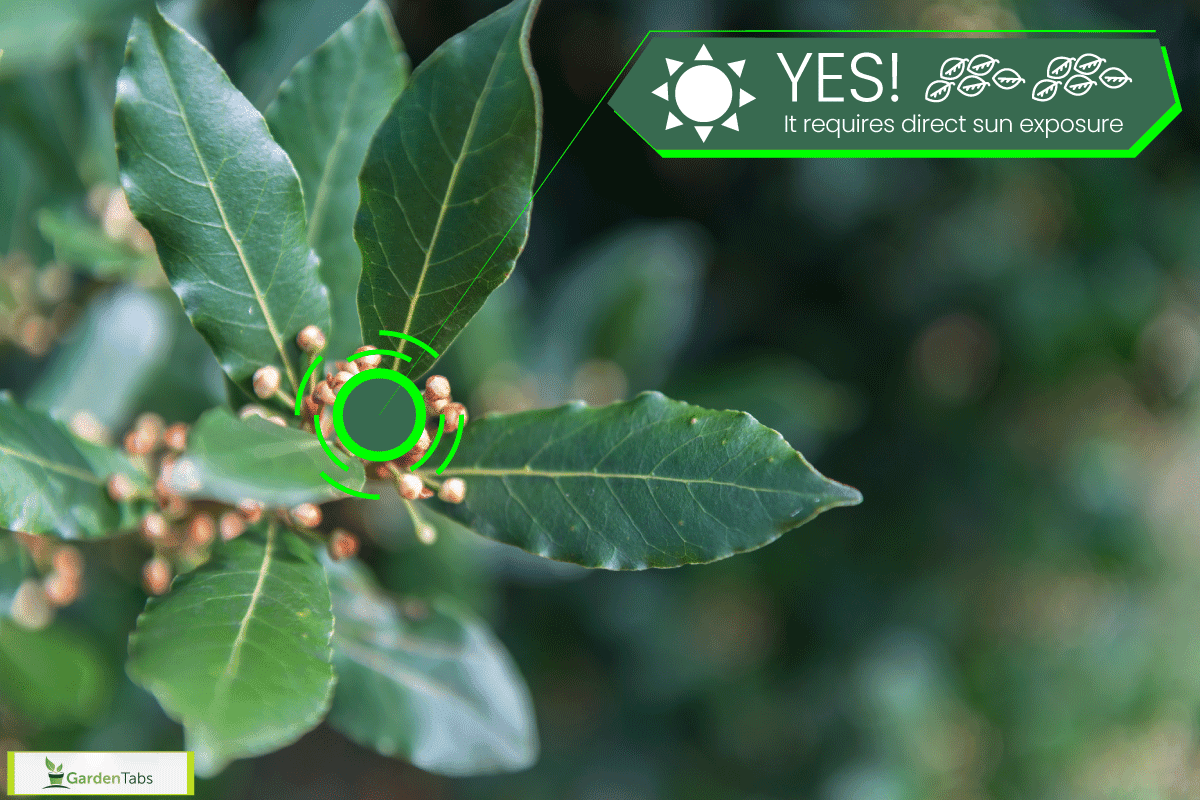
Growing and Caring For Laurel
Laurel is an interchangeable indoor and outdoor plant; most gardeners move this plant as the season dictates. Similar to other foliage, it is a delight to behold, especially when properly taken care of. It is a fast-growing plant that can be cultivated as a garden shrub or grown as a full-sized tree.
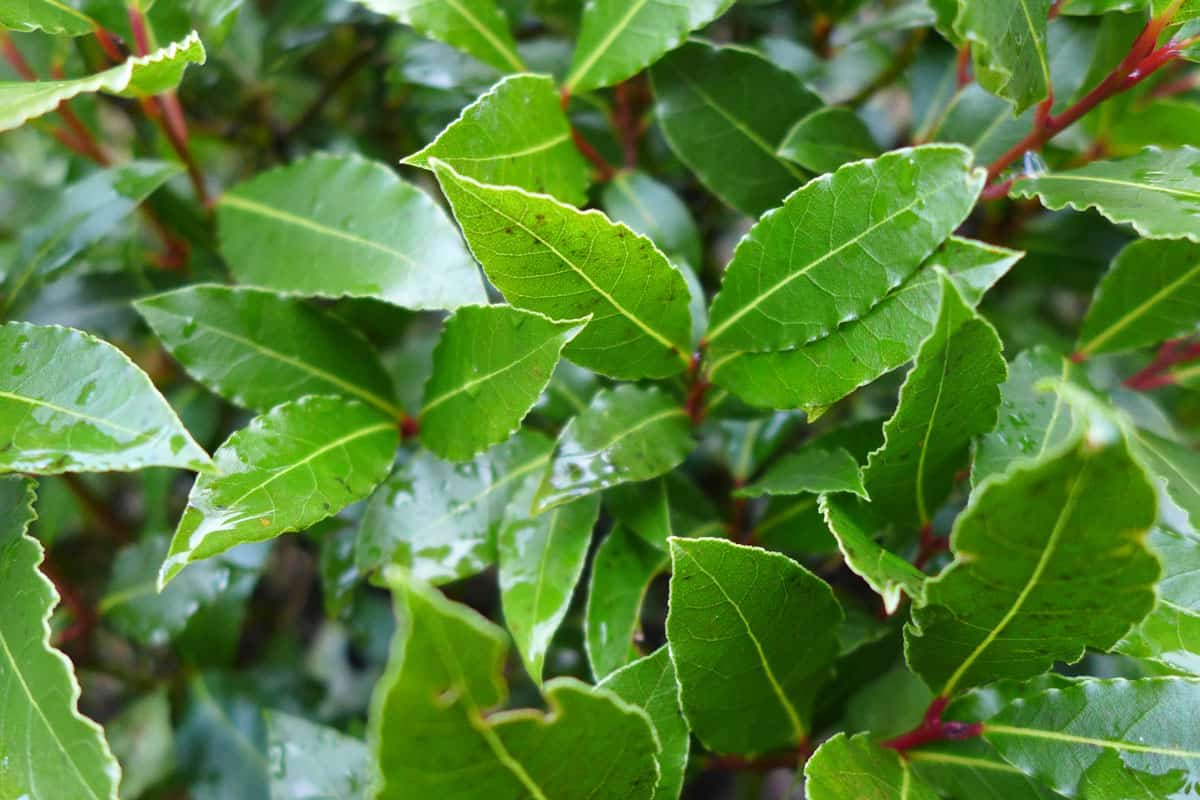
Sunlight
Due to its place of origin and acclimated growing conditions, it requires direct sun exposure for a couple of hours a day. This plant is versatile and usually adapts to its environment; the growing period may be slow if not planted in its preferred location, but it will survive.
Plant it somewhere sunny if you choose to cultivate Laurel for culinary use. This plant produces flavorful and tastier leaves compared to those that received less. But as previously mentioned, relocate it during extremely hot summer seasons.
Water
Water the plant just enough to keep the soil moist but not wet even during dry spells. Laurel has a very shallow root that easily absorbs moisture, and excessive watering may cause root rot. Allow the topsoil to dry in between waterings but do not let it dry out completely.
Soil and Fertilizers
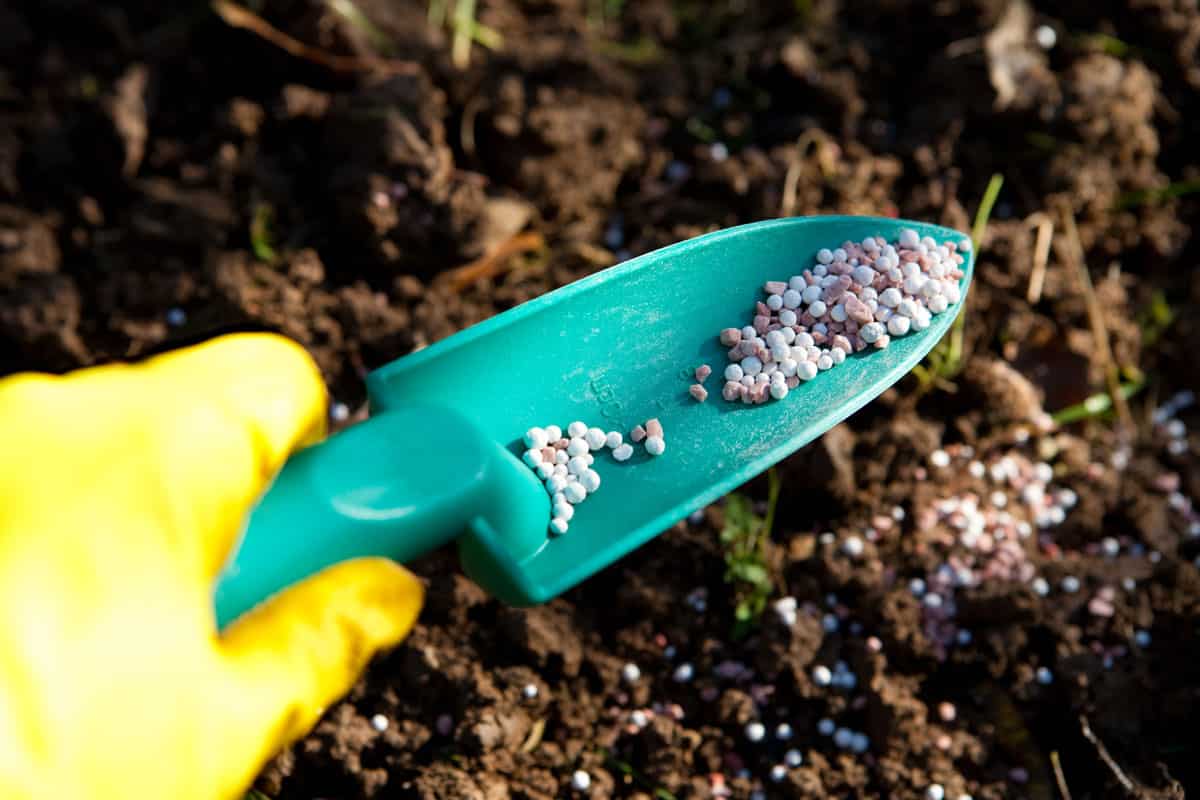
All Laurel variants love moist soil with good drainage. Keep in mind that it should only be moist, not wet. It can tolerate any soil, whether it's acidic, alkaline, or average, but Mountain Laurel is sensitive to heavy clay. We recommend trying raised planting for better drainage.
Fertilizers are not necessary, but they can encourage growth. If you decide to use one, we suggest choosing fertilizer pellets specific to your soil. Fertilizer pellets slowly release nutrients when watered rather than saturating the soil in one dose.
Space
Laurel has an extensive root system. You should allow enough space for it to grow, away from wireline and sewage system as it may disrupt its operations. If you're growing multiple Laurel, observe a four-foot distance from each seedling.
Temperature and Humidity
Place your plant in a cool bright place. Sunlight is the only heat source tolerated by Laurel; keep it away from appliances to prevent harm and drying out.
It may be due to low humidity if you notice healthy leaves falling. Invest in a humidifier or frequently mist the plant. Same with heat, low humidity may dry out your moisture-loving Laurel.
Laurel Common Problems and How To Deal With It
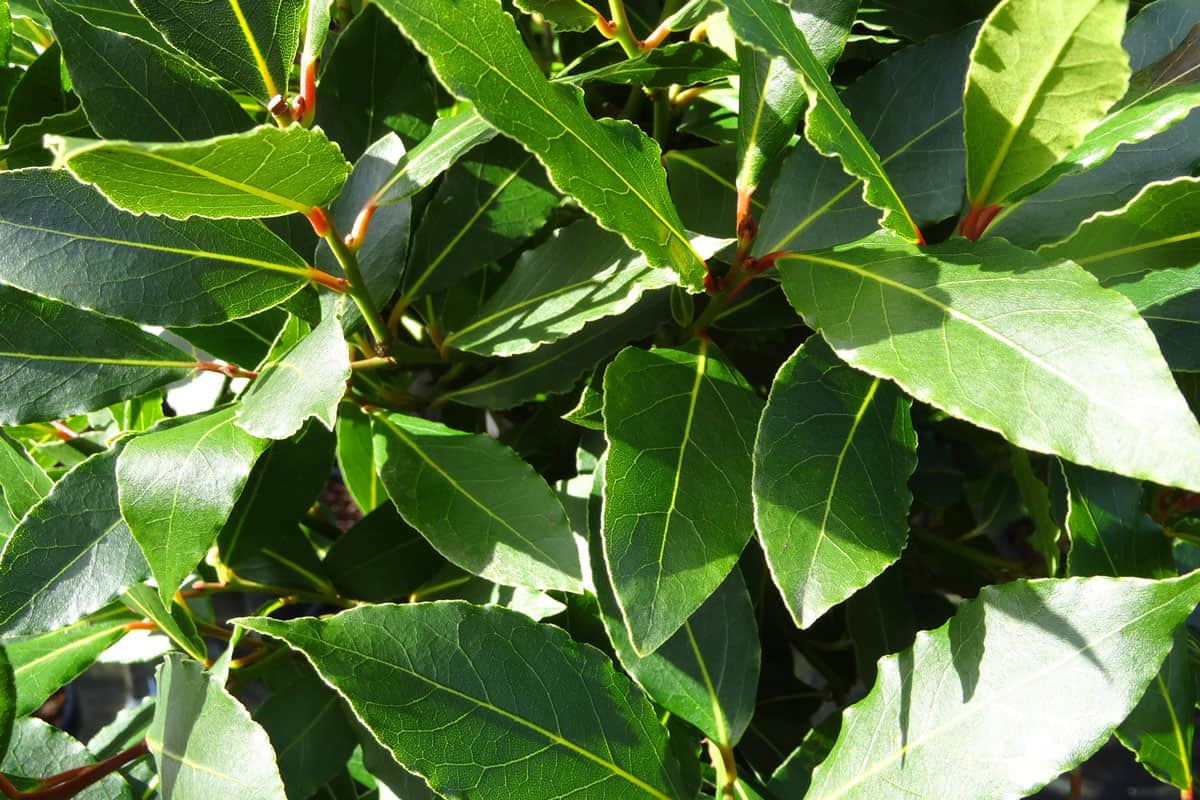
Laurel is an easy-to-care-for plant, but it is not an exception to the common problem most plants experience.
Leaf Drop
Leaf drop often occurs to plants that are frequently repotted or moved. This is entirely normal since plants, in general, are fragile. Lessen the repotting and only do this as needed. However, if you notice that the detached leaves have discolored spots, they may suffer from foliar fungus and need a fungicide.
Yellowing or Browning Leaves
Yellow and Brow discolored leaves are a common symptom of water-related problems. Yellow for overwatered while Brown for under. Keep in mind that the soil needs to be moist but not wet. Underwatering your plant can dry it out while feeding it too much can also result to root rot.
Winter Dieback
This only happens on potted or landscape specimens hit by frost during the cold season. The leaves will eventually dry out and turn brown. It will ultimately return to its healthier state come spring; if not, cut the infected area to stimulate new growth.
Cracked or Peeling Bark
Laurel, subjected to rapid temperature and moisture change, experienced this issue. Despite it being versatile, Laurel prefers a fairly-steady temperature. It gets stressed out when it needs to adapt to extreme weather and other external factors constantly. Allow it to get accustomed to its growing condition before moving to a new place. If possible, avoid disturbing the plant unless needed.
Pests
Keep an eye out for webbing around the plant and fused leaves with white cottony fiber in between. Spider mites leave webbings specifically around the stem and leaves area, while Scales tend to lay eggs in between leaves and fuse them together. Remove these materials and spray diluted horticultural or pesticide all over the plant.
Mildew
White powdery residue on leaves is the tell-tale sign of a mildew problem. Wipe the residue with a clean towel and treat the plant with neem or horticultural oil. Ensure the soil is clean and replace the top part yearly to prevent fungal growth.
Root Rot
Root rot is the most common plant disease. This occurs when plants are overwatered or have been sitting in wet areas for long periods. Early signs of rot are dark streaks on the bark and stem. To prevent this, ensure your pot or planting area has good drainage. Remove excess water from the pot saucer and replace the topsoil every year for better filtration and irrigation.
Frequently Asked Questions
Are Laurel Poisonous
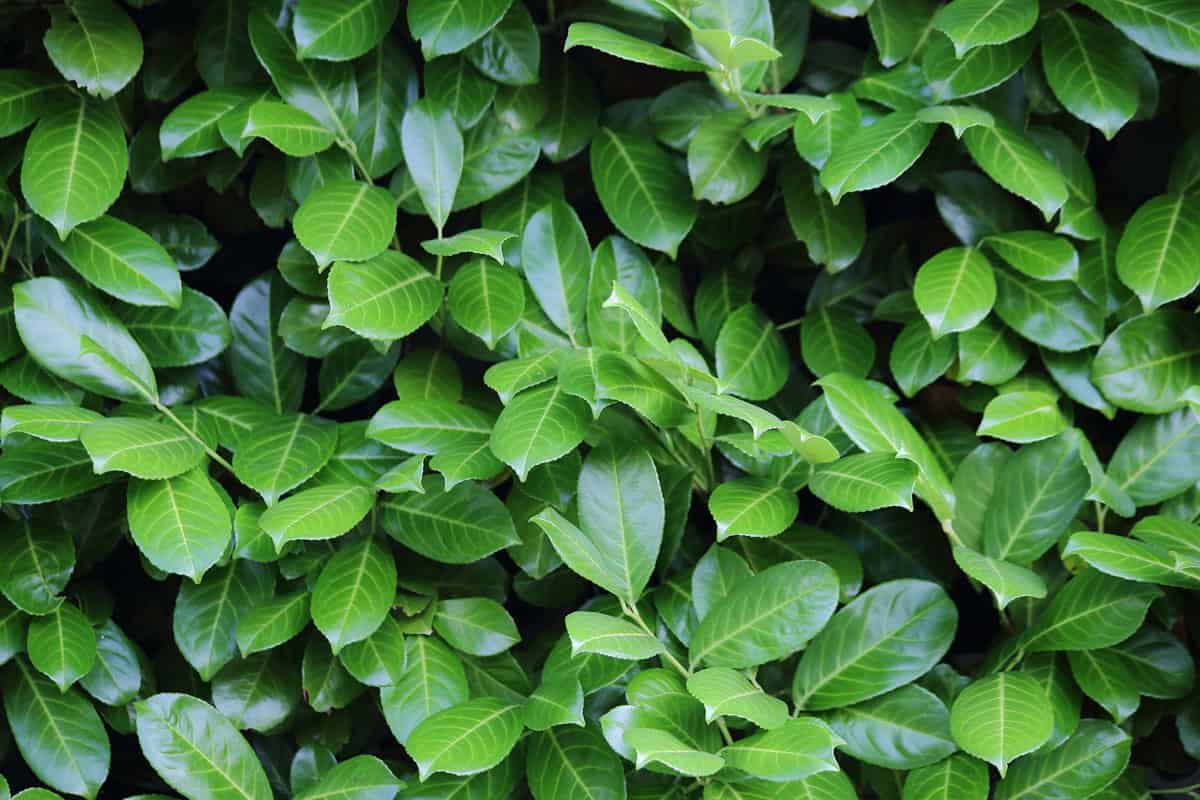
It is essential to know whether a Laurel plant is edible or not. Aside from Bay Laurel, all the other types of Laurel are poisonous. These non-edible variants contain hydrocyanic acid that can cause severe organ complications when digested.
Cultivating Laurel Plant
Laurel is easy to propagate; you can grow one from seed or the plant itself. Planting a Laurel plant is best done during summer or growing season.
By Softwood Cutting
- Cut six inches of soft green branches.
- Dip the end of the cut branch in rooting hormone- to stimulate growth
- Plant it in a warm location with direct sunlight and moist soil
- Cover the seedling with a loose plastic bag to increase humidity
- Check regularly by gently tugging the branch to see if roots have formed
- Remove the plastic bag once you notice gentle resistance from the seedling
By Seed
Growing a new Laurel plant from seed will require patience. It is tedious as you will need to prepare the seeds before planting. It has a 50-50 success rate, which is why don't be surprised if only 50% of the seeds successfully germinated.
- Soak seeds in water for 24 hours
- Fill a seed tray will a soilless seed-starter mix and bury the seeds into the mixture, 2 inches apart.
- Place the tray in a warm location with direct sunlight
- Regularly mist the soil to keep it moist. Germination may occur from ten days to six months.
- Once the seed has sprouted, wait for a real leaf to appear before transferring it to a pot.
Is Manure Good For Laurel?
Manure is an excellent organic fertilizer that can stimulate growth and supply additional nutrients to your plant. Well-rotted manure or organic compost made from vegetable and worm casing works best for Laurel.
Alternatively, you may use fish bone and blood as slow-releasing fertilizer. Scatter it around the plant for even distribution. Be wary of critters that are attracted to the scent as it may harm your plant.
Conclusion
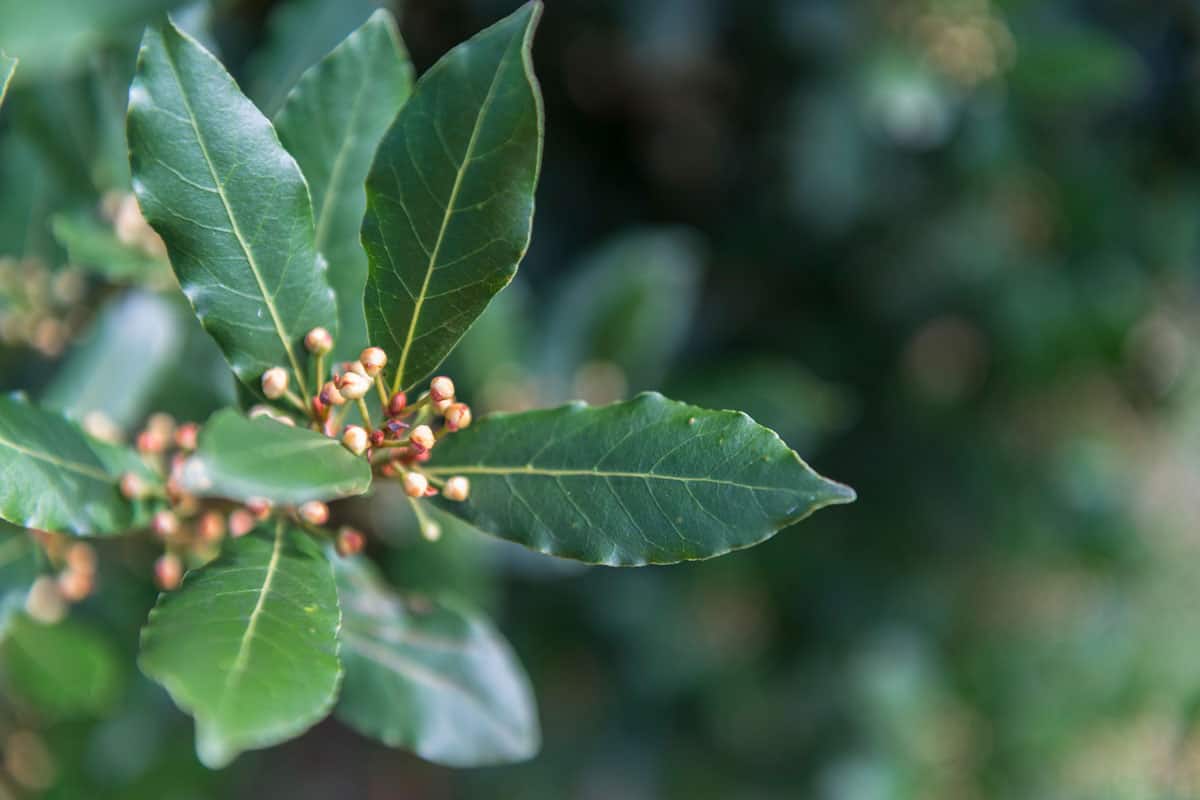
It is no surprise that Laurel is considered heaven-sent by gardeners and homeowners alike. Not only does it offer fantastic ornamental foliage, but it can also act as a sturdy natural border and a tasty seasoning. It can be pretty tedious to nurse at first, but once it reaches stability, you can leave it on its own with minimal upkeep. We highly recommend adding this to your garden and kitchen rack.
